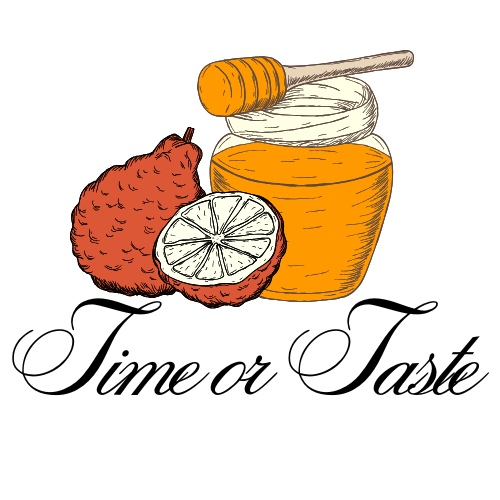If you want easy release without traditional PTFE coatings, ceramic‑based, PFAS‑free nonstick pans are a practical option for eggs, pancakes, and weeknight sautés. This guide explains what “PFAS‑free” usually means in cookware marketing, how ceramic nonstick behaves on the stove, and which features matter most—heat evenness, handle comfort, induction compatibility, and long‑term care. We also include a quick care checklist to help your pan last longer.
Note: Materials and regulations evolve; always verify a brand’s latest specs on coatings and temperature limits before you buy.
Quick Picks (What to Buy)
- Best Overall (PFAS‑Free Ceramic Fry Pan, 10–12″) – Balanced weight, easy release at medium heat, comfortable handle.
- Best Value (PFAS‑Free 12″ Fry Pan) – Induction‑ready base, good heat spread, often on sale.
- Pure Ceramic Option (All‑Ceramic Skillet) – No polymer coatings; heavy, durable, great for gentle heat.
- Lightweight Everyday (PFAS‑Free 10–12″) – Simple, affordable pan for breakfast and quick dinners.
How We Picked
Nonstick Performance at Medium Heat
We test eggs and vegetables on medium—where ceramic nonstick performs best—looking for smooth release and minimal sticking.
Heat Evenness & Response
Even browning without hot spots on gas and electric; induction‑ready base where possible.
Durability & Care
Resistance to micro‑scratches, hand‑wash cleanup time, and how well the surface holds up with proper use.
Weight & Ergonomics
Pans should be light enough to toss, with handles that don’t heat up too fast.
Value
Fair price, straightforward warranty, and availability across countries.
Best Overall (10–12″ Ceramic Fry Pan)
A balanced pan that handles daily breakfasts and easy sautés. Release is reliable at medium heat, and cleanup takes seconds with a soft sponge.
- Why it works: Even heat, good balance, clear care guidance.
- Use for: Eggs, pancakes, delicate fish, re‑heating leftovers.
- Care note: Hand‑wash; avoid sprays and metal utensils.
Best Value (12″ PFAS‑Free Fry Pan)
Great performance for the price with a magnetic base for induction cooktops.
- Why it works: Wide cooking surface for families; oven‑safe handle.
- Use for: Stir‑fries, fried rice, big omelets, cutlets.
- Care note: Keep to medium heat for longest life.
Pure Ceramic Option (All‑Ceramic Skillet)
Heavy, naturally nonstick at proper temp, and no polymer coating.
- Why it works: Excellent heat retention and neutral taste.
- Use for: Low‑and‑slow, gentle searing, finishing in oven.
- Care note: Avoid thermal shock; let it cool before washing.
Lightweight Everyday (10–12″ Ceramic)
Simple, affordable option for a starter kitchen or second pan.
- Why it works: Light weight; straightforward daily use.
- Use for: Quick breakfasts, reheats, one‑pan meals.
- Care note: Expect to replace sooner than premium lines.
What “PFAS‑Free” Means in Pans (Plain English)
“PFAS‑free” on nonstick pans usually refers to ceramic‑based coatings (inorganic) rather than polymeric PTFE‑type coatings. It does not mean the pan is indestructible or that all chemicals are absent; it means no intentionally added PFAS chemistry in the nonstick layer according to brand claims. Heat ceramic nonstick on medium, avoid aerosol sprays, and use wood/silicone tools to keep the surface performing well.
Care & Longevity: Do’s and Don’ts
Do:
- Preheat on medium for 2–3 minutes before adding food.
- Add a small amount of oil/butter (no sprays).
- Hand‑wash with a soft sponge; store with a protector.
Don’t:
- Blast on high heat or preheat empty for long.
- Use metal tools or steel wool.
- Shock a hot pan with cold water.
FAQs
Q: Are PFAS‑free ceramic pans safe for high heat?
A: Keep to medium. High heat reduces lifespan and can discolor the surface.Q: Can I use induction with ceramic nonstick?
A: Only if the pan’s base is magnetic; check specs before buying.Q: Do I need oil if the pan is nonstick?
A: A small amount improves flavor and helps release; avoid sprays.Q: Can these go in the oven?
A: Many can—check the handle material and max temp for your model.
